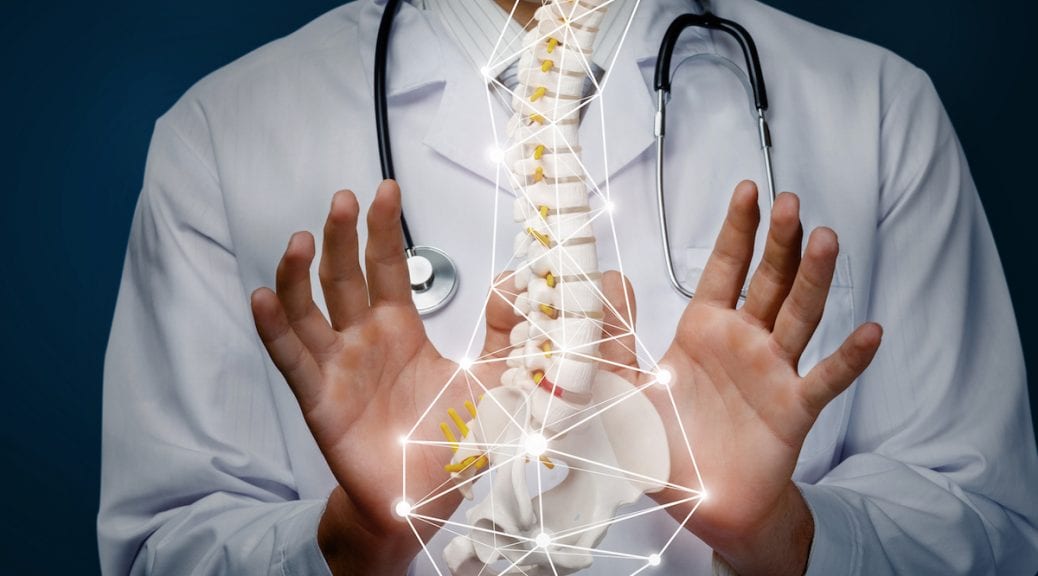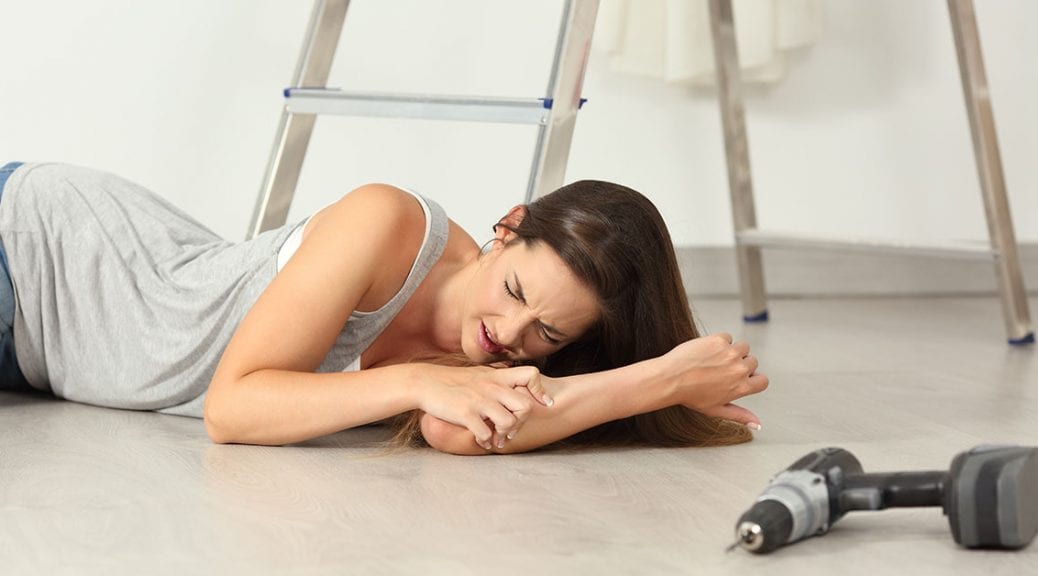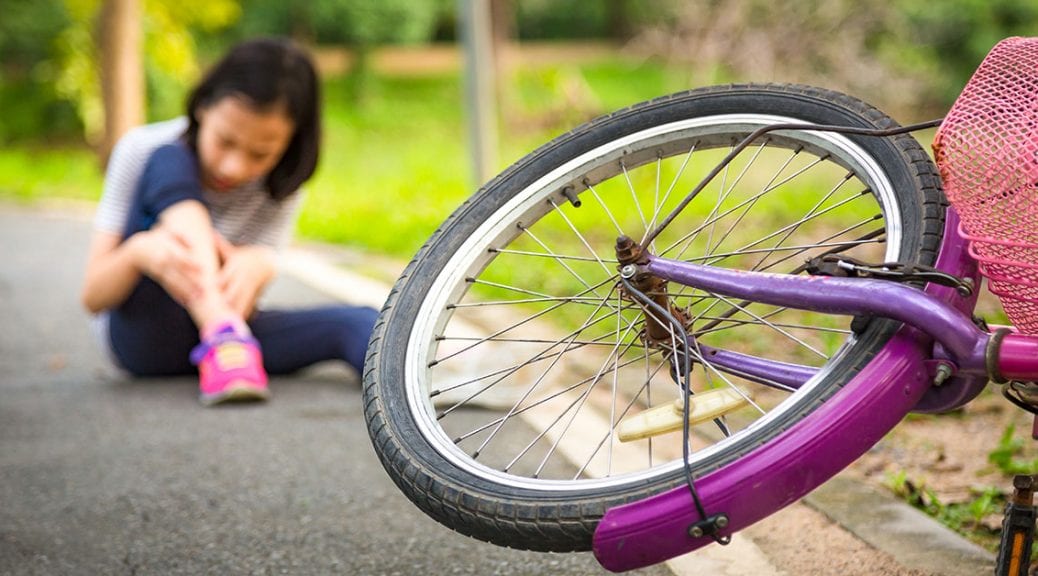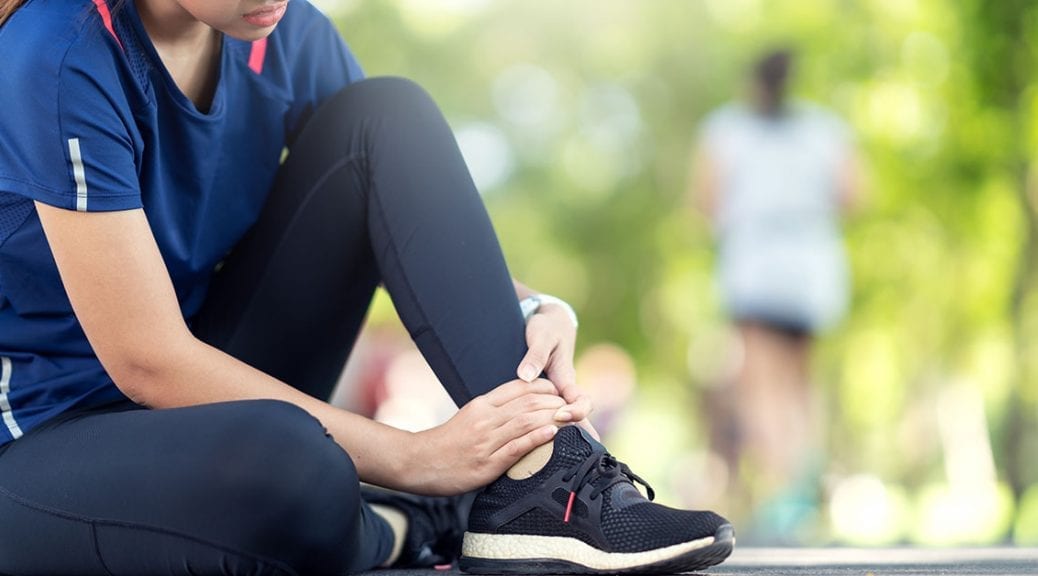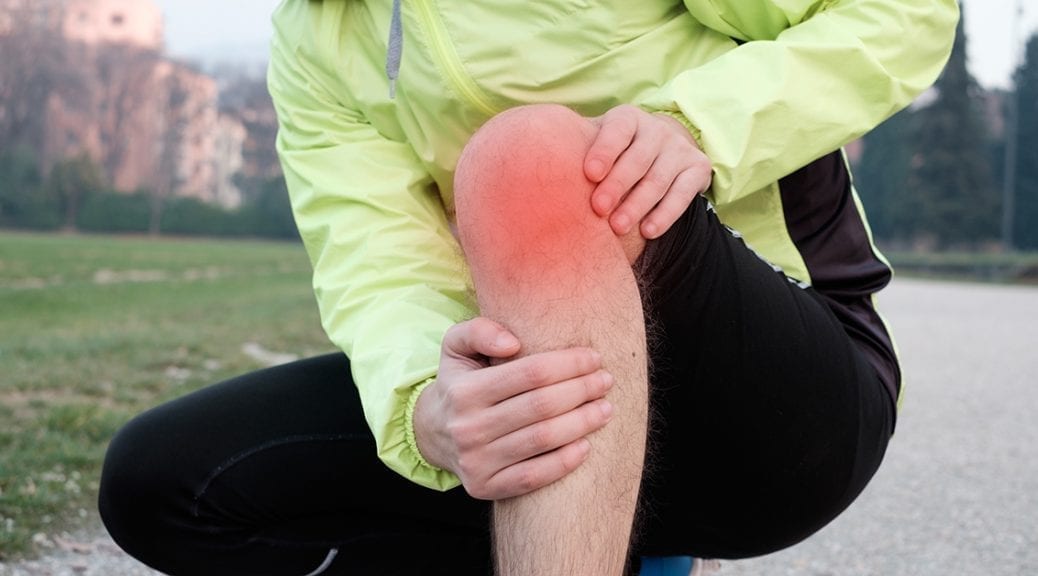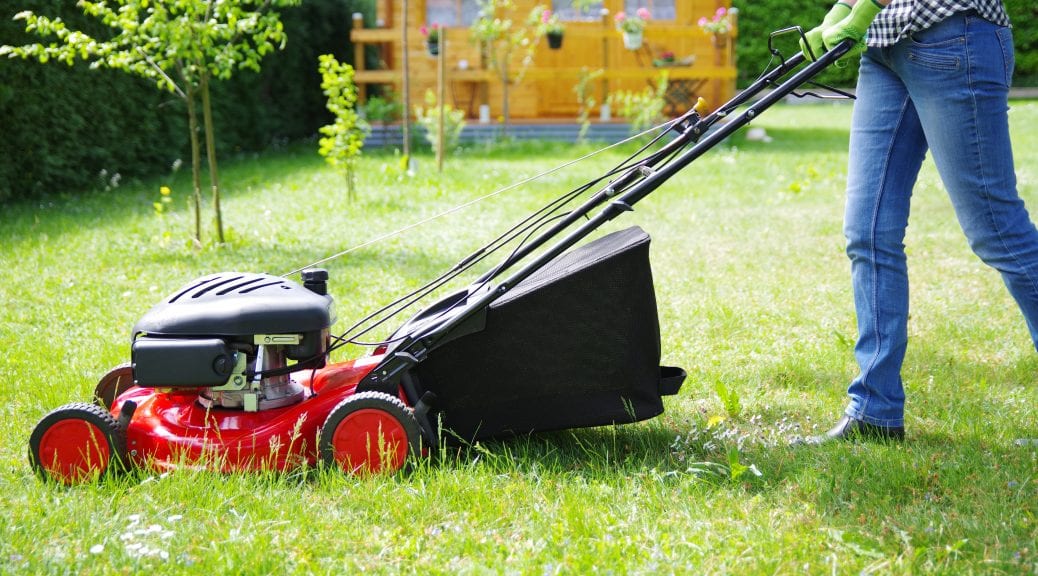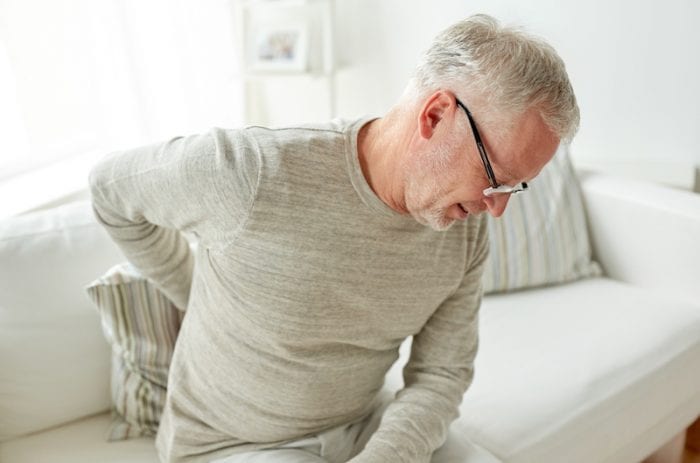Between home remedies and a variety of doctors and specialists to choose from, it can sometimes be difficult to distinguish between what injuries you should see a doctor for, which injuries to try and mend at home, and which injuries require the specialized qualifications of an orthopedic doctor. As a general rule of thumb, any persistent joint pain, daily soreness or stiffness, or injury that is taking a long time to heal could all be reasons to see an orthopedic doctor. For more specific reasons why you should see an orthopedic doctor, read about some of the ways an orthopedic specialist can help you.
Diagnosing and Treating Pain
Orthopedic doctors specialize in the entire musculoskeletal system. This system includes joints, muscles, nerves, bone, tendons, ligaments, and cartilage. This vast understanding of the musculoskeletal system makes orthopedic doctors experts on pain. Chronic pain is one of the most common reasons why patients visit an orthopedic doctor in the first place. Orthopedic doctors can help diagnose and treat pain in:
- Shoulders
- Knees
- Hips
- Ankle & Feet
- Wrists and Hands
- Elbows
- Neck
Improve Range of Motion
Inflammation, stiffness, swelling, and pain can all contribute to a limited range of motion. So many people just accept the limitation as a part of growing older or having been injured, but orthopedic specialists can actually help treat or improve your range of motion. If pain or stiffness makes it difficult to perform everyday tasks, physical therapy, no-surgical treatment, or surgery may be able to help.
Injury Treatment and Prevention
Patients are referred to orthopedic doctors after experiencing injuries such as broken bones, fractures, dislocations, ligament tears, and more. Orthopedic doctors repair and treat these injuries while also working to reduce or eliminate pain. In order to optimize recovery, orthopedic doctors will often work alongside physical therapists and pain management specialists to create a more complete recovery. Athletes and patients alike see orthopedic doctors not only to repair injuries but to prevent them as well. Whether you’re dealing with a minor condition like an ankle sprain or carpal tunnel, or if you have a more serious injury like a hip fracture, orthopedic doctors can help.
Perform Surgical and Non Surgical Procedures
While certain injuries require surgical treatments, there are many non-surgical procedures that can help with a wide variety of injuries and conditions. While patients may see an orthopedic doctor with surgery in mind, orthopedic specialists can actually help determine whether or not surgery is even necessary. More often than not, surgery is only considered when all other nonsurgical alternatives have been exhausted. This is why orthopedic doctors are a viable option when patients need a second opinion.
Diagnose and Treat Musculoskeletal Conditions
Orthopedic doctors don’t just work with athletes and broken bones, they also work with conditions such as arthritis and osteoporosis. These chronic conditions require treatment just as much as broken bones because they continuously worsen over time.
Consult an Orthopedic Specialist
If you are experiencing chronic pain in the musculoskeletal system, or have recently undergone an injury, our specialists can help. The team at Paris Orthopedics and Sports Medicine is dedicated to helping our patients recover from a wide range of orthopedic conditions. Our services include general orthopedic medicine, joint replacement, sports injury treatment, and osteoporosis treatments at our bone health clinic. If you have experienced limited mobility, joint pain, or chronic stiffness, call (903) 737-0000 to make an appointment.

